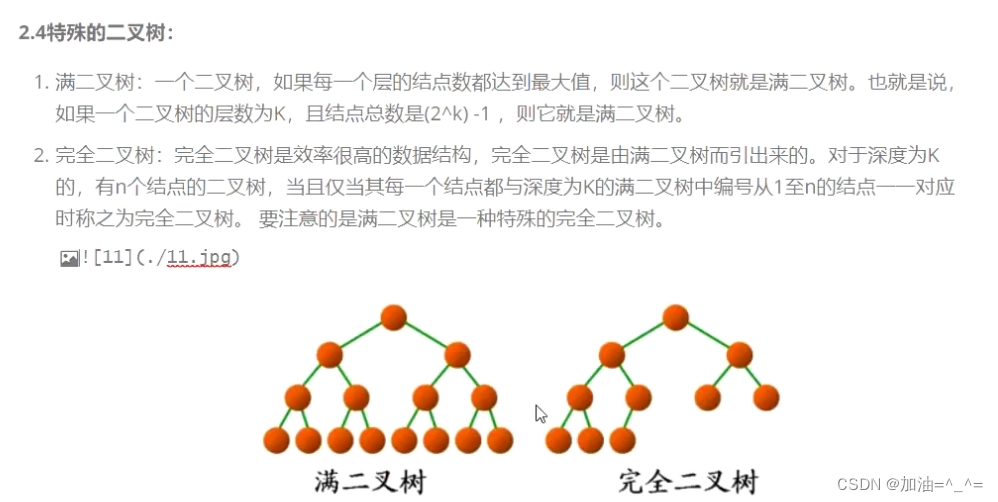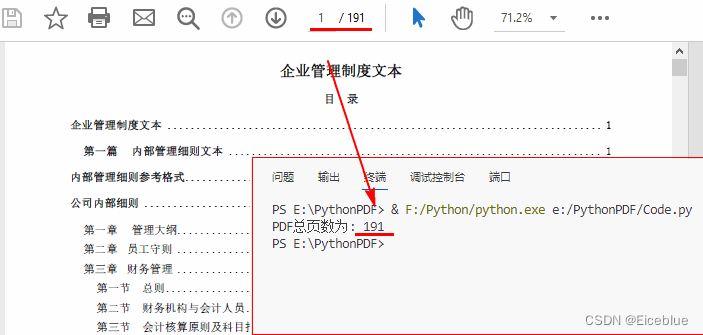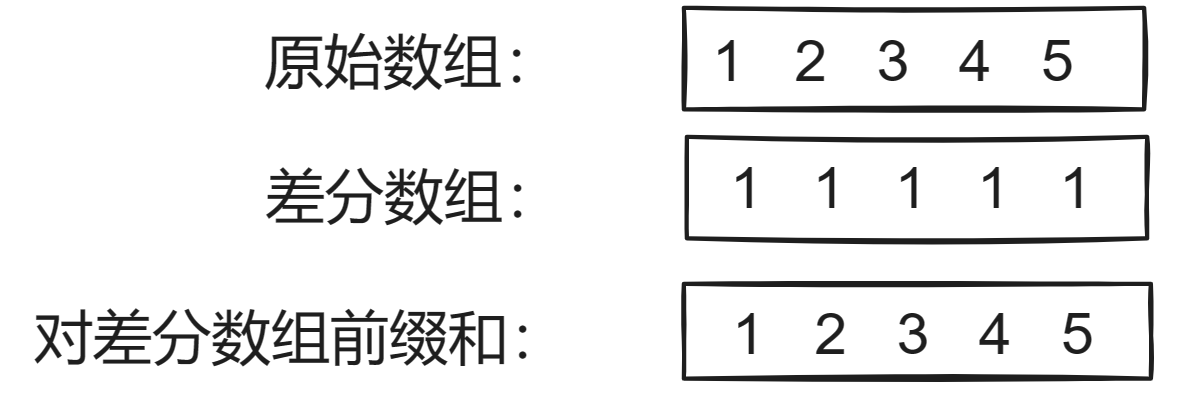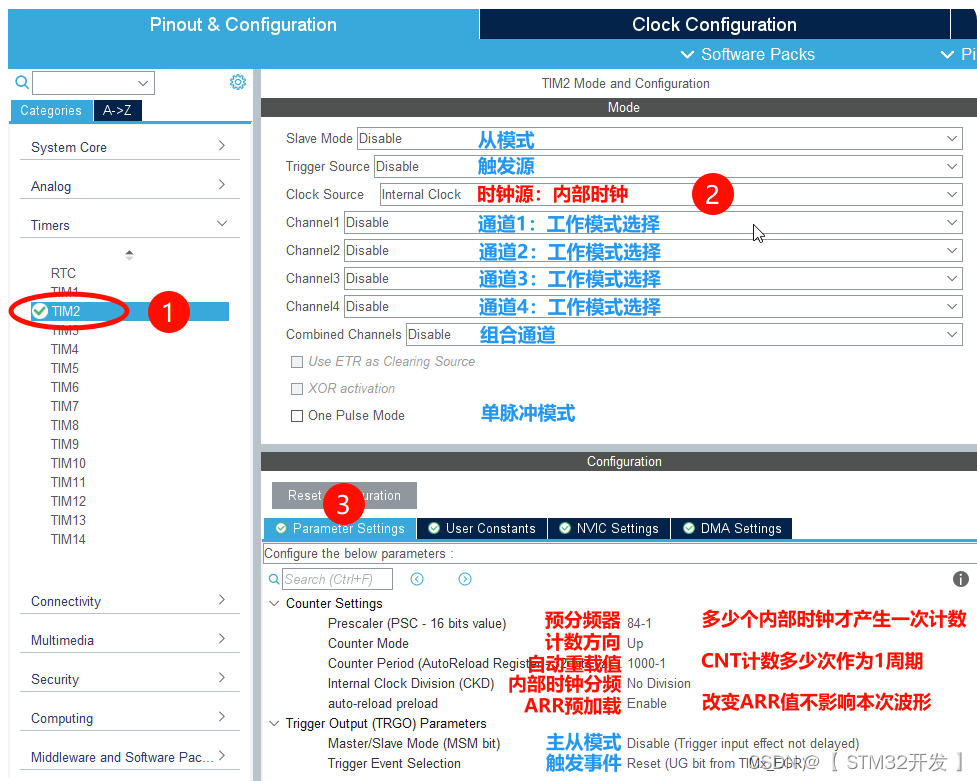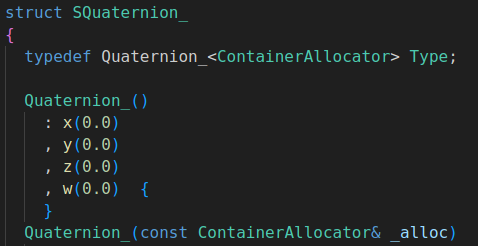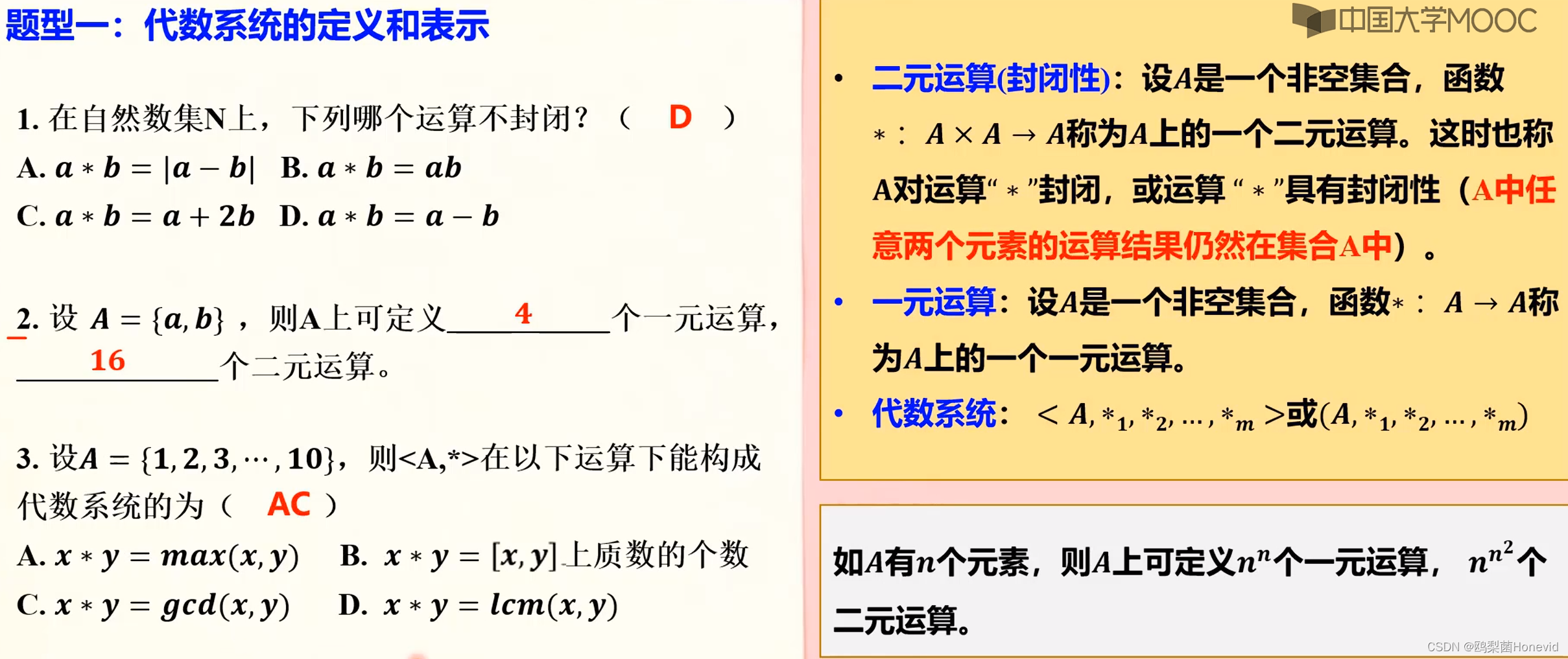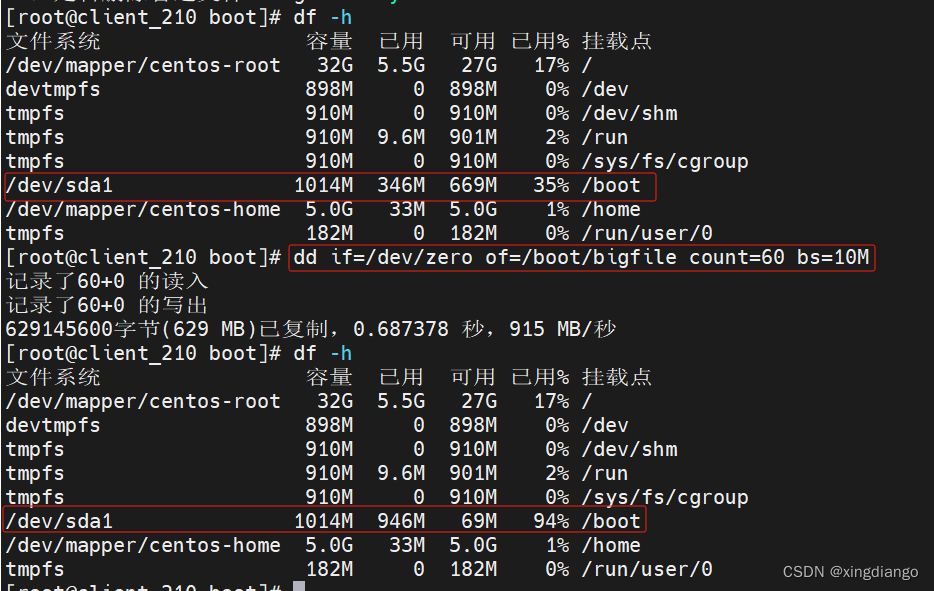更多内容以及其他Go常用数据结构的实现在这里,感谢Star:https://github.com/acezsq/Data_Structure_Golang
1. container中定义的heap
在golang中的"container/heap"源码包中定义了堆的实现,我们在使用时需要实现heap接口中定义的方法,以此实现一个堆。
在container/heap.go中的heap接口的定义如下:
type Interface interface {
sort.Interface
Push(x any) // add x as element Len()
Pop() any // remove and return element Len() - 1.
}
而sort包中的接口定义如下:
type Interface interface {
// Len is the number of elements in the collection.
Len() int
// Less reports whether the element with index i
// must sort before the element with index j.
//
// If both Less(i, j) and Less(j, i) are false,
// then the elements at index i and j are considered equal.
// Sort may place equal elements in any order in the final result,
// while Stable preserves the original input order of equal elements.
//
// Less must describe a transitive ordering:
// - if both Less(i, j) and Less(j, k) are true, then Less(i, k) must be true as well.
// - if both Less(i, j) and Less(j, k) are false, then Less(i, k) must be false as well.
//
// Note that floating-point comparison (the < operator on float32 or float64 values)
// is not a transitive ordering when not-a-number (NaN) values are involved.
// See Float64Slice.Less for a correct implementation for floating-point values.
Less(i, j int) bool
// Swap swaps the elements with indexes i and j.
Swap(i, j int)
}
所以我们实现一个堆时需要实现这五个方法,然后相当于实现了这个接口,然后就可以调用container/heap.go中定义的Init方法、Push方法、Pop方法进行堆的基础入堆、出堆操作。
在使用这三个方法时,需要注意按照源码中定义的函数的入参和返回值的类型来使用。
// Init establishes the heap invariants required by the other routines in this package.
// Init is idempotent with respect to the heap invariants
// and may be called whenever the heap invariants may have been invalidated.
// The complexity is O(n) where n = h.Len().
func Init(h Interface) {
// heapify
n := h.Len()
for i := n/2 - 1; i >= 0; i-- {
down(h, i, n)
}
}
// Push pushes the element x onto the heap.
// The complexity is O(log n) where n = h.Len().
func Push(h Interface, x any) {
h.Push(x)
up(h, h.Len()-1)
}
// Pop removes and returns the minimum element (according to Less) from the heap.
// The complexity is O(log n) where n = h.Len().
// Pop is equivalent to Remove(h, 0).
func Pop(h Interface) any {
n := h.Len() - 1
h.Swap(0, n)
down(h, 0, n)
return h.Pop()
}
2. heap的使用示例
在golang的源码中也有堆的使用示例:
可以看到实现上我们用切片来作为heap的底层实现类型。
下面的代码是定义一个小根堆的示例,如果我们想定义一个存int类型数据的大根堆,只需要把Less函数中的小于号换成大于号即可。
// Copyright 2012 The Go Authors. All rights reserved.
// Use of this source code is governed by a BSD-style
// license that can be found in the LICENSE file.
// This example demonstrates an integer heap built using the heap interface.
package heap_test
import (
"container/heap"
"fmt"
)
// An IntHeap is a min-heap of ints.
type IntHeap []int
func (h IntHeap) Len() int { return len(h) }
func (h IntHeap) Less(i, j int) bool { return h[i] < h[j] }
func (h IntHeap) Swap(i, j int) { h[i], h[j] = h[j], h[i] }
func (h *IntHeap) Push(x any) {
// Push and Pop use pointer receivers because they modify the slice's length,
// not just its contents.
*h = append(*h, x.(int))
}
func (h *IntHeap) Pop() any {
old := *h
n := len(old)
x := old[n-1]
*h = old[0 : n-1]
return x
}
// This example inserts several ints into an IntHeap, checks the minimum,
// and removes them in order of priority.
func Example_intHeap() {
h := &IntHeap{2, 1, 5}
heap.Init(h)
heap.Push(h, 3)
fmt.Printf("minimum: %d\n", (*h)[0])
for h.Len() > 0 {
fmt.Printf("%d ", heap.Pop(h))
}
// Output:
// minimum: 1
// 1 2 3 5
}
3. 刷lc应用堆的示例
我们看一下23. 合并 K 个升序链表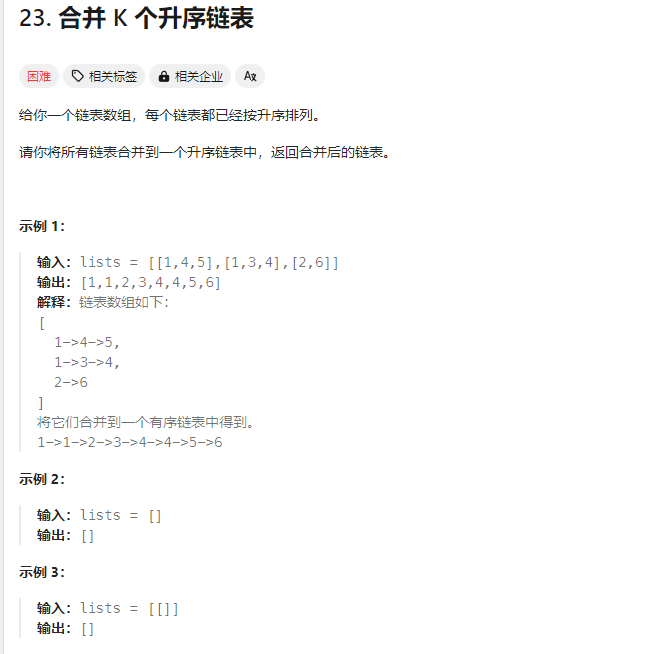
这个题需要定义一个小根堆来存链表节点指针。
/**
* Definition for singly-linked list.
* type ListNode struct {
* Val int
* Next *ListNode
* }
*/
func mergeKLists(lists []*ListNode) *ListNode {
h := minHeap{}
for _, head := range lists {
if head != nil {
h = append(h, head)
}
}
heap.Init(&h)
dummyhead := &ListNode{}
cur := dummyhead
for len(h)>0 {
node := heap.Pop(&h).(*ListNode)
if node.Next != nil {
heap.Push(&h, node.Next)
}
cur.Next = node
cur = cur.Next
}
return dummyhead.Next
}
type minHeap []*ListNode
func (h minHeap) Len() int {return len(h)}
func (h minHeap) Less(i,j int) bool {return h[i].Val<h[j].Val}
func (h minHeap) Swap(i,j int) { h[i], h[j] = h[j], h[i]}
func (h *minHeap) Push(x any) { *h = append(*h, x.(*ListNode))}
func (h *minHeap) Pop() any { old:=*h; n:=len(old); x:=old[n-1]; *h=old[:n-1]; return x}







